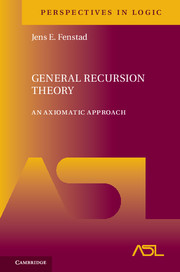A Framework for Priority Arguments
This book presents a unifying framework for using priority arguments to prove theorems in computability. Priority arguments provide the most powerful theorem-proving technique in the field, but most of the applications of this technique are ad hoc, masking the unifying principles used in the proofs. The proposed framework presented isolates many of these unifying combinatorial principles and uses them to give shorter and easier-to-follow proofs of computability-theoretic theorems. Standard theorems of priority levels 1, 2, and 3 are chosen to demonstrate the framework's use, with all proofs following the same pattern. The last section features a new example requiring priority at all finite levels. The book will serve as a resource and reference for researchers in logic and computability, helping them to prove theorems in a shorter and more transparent manner.
- Presents a new approach to priority argument proofs in computability theory using a framework
- Presents isolation of the general combinatorial properties used in priority arguments from the techniques special to particular theorems
- Offers a presentation of shorter proofs of standard computability-theoretic theorems at lower levels, all following the same pattern; a new and greatly simplified proof of a theorem whose proof uses priority arguments at all finite levels
Product details
May 2010Adobe eBook Reader
9780511740954
0 pages
0kg
This ISBN is for an eBook version which is distributed on our behalf by a third party.
Table of Contents
- 1. Introduction
- 2. Systems of trees of strategies
- 3. Σ1 constructions
- 4. Δ2 constructions
- 5. µ2 constructions
- 6. Δ3 constructions
- 7. Σ3 constructions
- 8. Paths and links
- 9. Backtracking
- 10. Higher level constructions
- 11. Infinite systems of trees.






